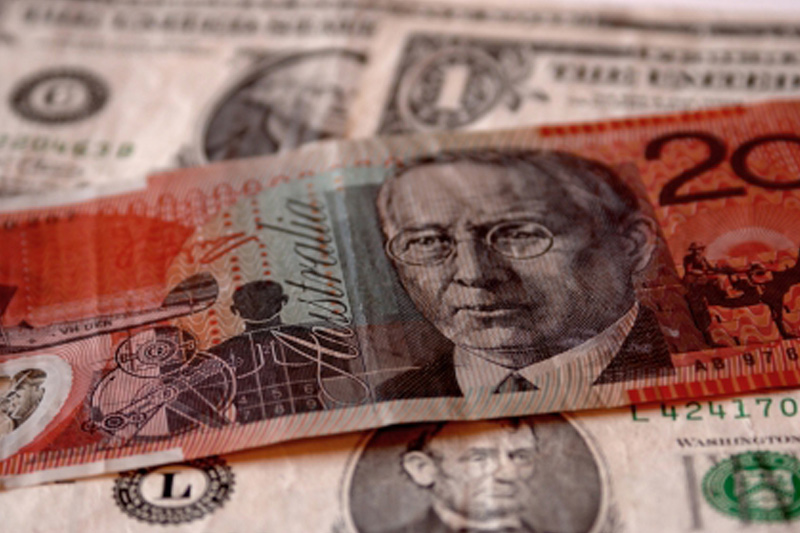By Cecile Lefort
WELLINGTON, Sept 29 (Reuters) - The Australian and New Zealand dollars skidded on Tuesday as more disappointing data came out of China and falling commodity prices sent investors scurrying to the safety of the yen and bonds.
The Australian dollar dropped around half a cent to $0.6952 on the day, nearing the $0.6892 trough visited earlier this month, which had marked weakest level in 6 1/2 years.
Worries about the health of the Chinese economy grew after industrial firms suffered their biggest profit drop in four years. The outcome fuelled a selloff in global equities and iron ore, Australia's top export earner, setting the tone for the commodity currencies.
"Considering the poor risk mood, and with Asian markets likely to take their cue from Europe and the U.S., AUD/USD seems at risk of re-testing last week's $0.6939 low," said Sean Callow, a senior strategist at Westpac.
Charts also suggest more downside, with daily moving averages pointing south.
The Aussie suffered deeper losses against a broadly stronger yen. It shed nearly 1 percent to 83.09 yen, nearing a recent low of 82.57. The euro rose to A$1.6190, having gained five cents in a week.
It was a similar story across the Tasman Sea with the New Zealand dollar NZD=D4 easing to $0.6305, from $0.6331 early on. Yet, the kiwi remained in a familiar range of $0.6244 to $0.6458 seen this month. It dropped below 62 cents in August, a level not seen in six years.
The kiwi also nursed losses against the yen and euro.
New Zealand government bonds were largely flat.
Australian government bond futures climbed to multi-week highs, with the three-year bond contract up 8 ticks at 98.210. The 10-year contract jumped 10 ticks to 97.3800, leading to a bearish flattening of the curve.
The spread between 10- and 3-year cash bonds shrank to 74 basis points, the smallest since May, as investors revised up the chances of a rate cut before the end of the year.
The interbank futures market implies a near 50-50 chance that the Reserve Bank of Australia will reduce its cash rate from 2.0 percent to 1.75 percent by December. On Monday, it had implied a one-in-three chance. The central bank holds its monthly policy meeting next week and is widely expected to keep rates steady. (Editing by Simon Cameron-Moore)
